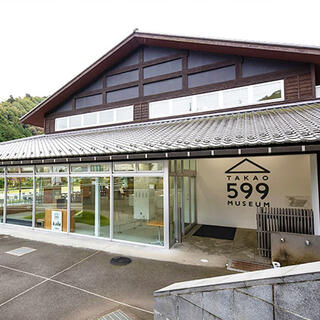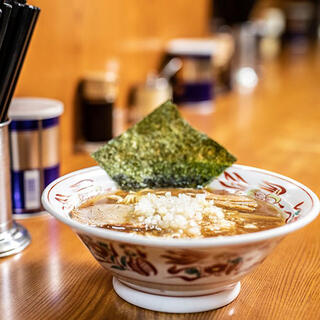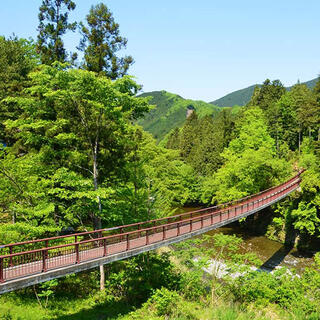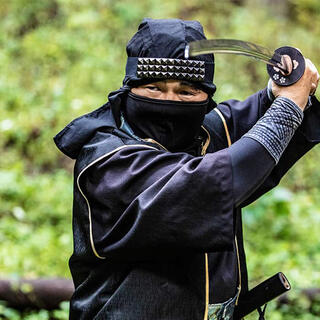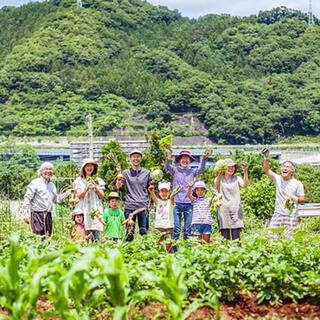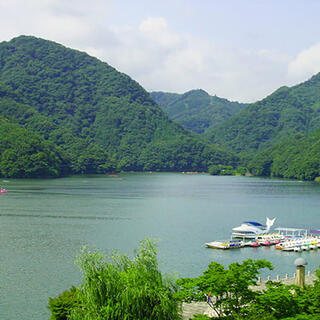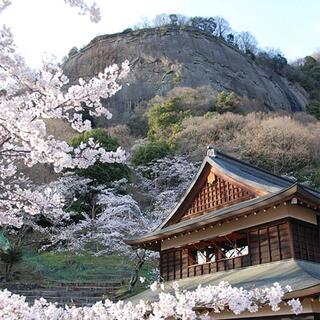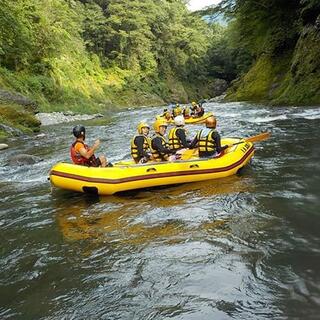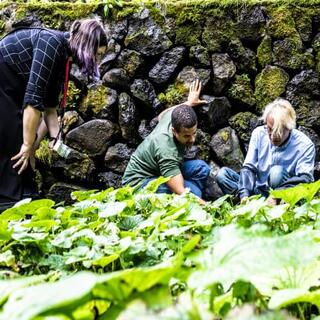Two-day trip/Tsuru
Day1:7 hour Day2:6.5 hour
Cost : About 20,000 Japanese Yen ~
This course allows travelers to appreciate the fresh and impactful water sources found in Tsuru. Visitors can learn about how the water from Mt. Fuji helps in the harvesting of real wasabi, which they can handpick and taste, while learning more about the process. Traveling through beautiful foresty areas, they can also observe waterfalls such as the Jiro and Taro falls, which are connected to Japanese folklore and history. Before a relaxing Japanese hot spring experience, complete with natural outdoor baths and dining experience, they can relax at a camping ground nestled in a beautiful natural environment. The next day they can learn about Tsuru's local history with informative museum and temple visits, before sampling local sweets and souvenirs to take home as memories.
Walk
Train
Bus
Cable Car
Car
-
Depart from Higashikatsura Station on Fujikyuko Line
Walk 15 minutes
-
Experience harvesting wasabi
Many foreigners are not familiar with the taste of "real wasabi", so this wasabi picking experience is recommended even for those who don't like wasabi. A very friendly guide will take you through a wasabi farm, surrounded by fresh spring water and a foresty area that looks like a Studio Ghibli film. Here you can learn about the different types of wasabi, and which pairs best with meat or fish. You can pick your own wasabi, wash and grate it, and then take it with you to enjoy during your stay.

-
Finish harvesting wasabi and depart
Walk around Tokaichiba Natsugari springs
(Recommended: Taro-jiro Falls, Eijuin Temple and Tahara Falls)
Located so close to Mt. Fuji, Tsuru is blessed with fresh and clear water sources, and some connected to Japanese folklore such as the Jiro and Taro falls. The Tahara waterfalls also provide a scenic view of the famously clear water regardless of season.

-
Arrive at Tsurubunkadaigakumae Station on Fujikyuko Line
Train 5 minutes by Fujikyuko Line train
-
Arrive at Yamuramachi Station on Fujikyuko Line
Lunch (near Yamuramachi Station)
-
Walk around Yamura
(Recommended: Museum Tsuru, Choanji Temple and Enzuin Temple)
Museum Tsuru
The museum shows off the history of Tsuru city, especially as a castle town, and has beautifully decorated stalls used in local festivals.
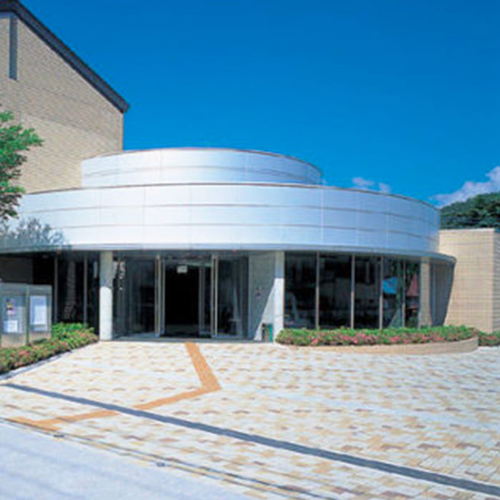
Choanji Temple
The temple gives visitors a chance to learn about local clans and history, as well as a sacred Kannon temple.
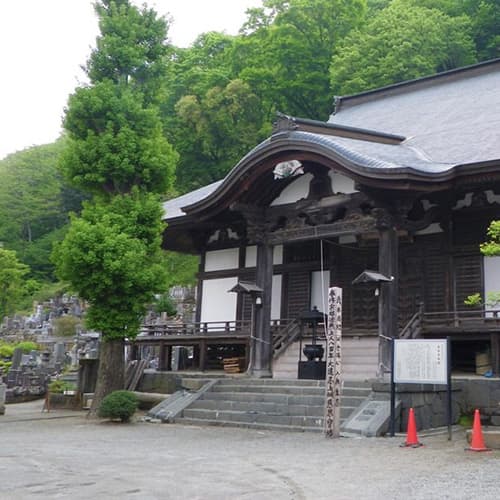
Enzuin Temple
With a stone bridge preserved from the Edo period and samurai monument, this gives visitors a chance to see the depth of Tsuru's history and castle routes.
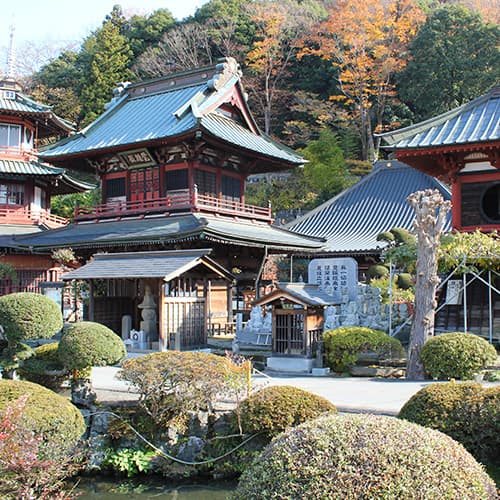
(Recommended: Naraya-Sweets and Sugaya)
Naraya-Sweets
When making sweets, Naraya places importance on the blessings of nature unique to its location at the northern foot of Mt. Fuji as well as the flavor of the ingredients.Recommended items are Okashi Tofu, a soymilk-based sweet that looks like tofu, and crispy cream puffs.
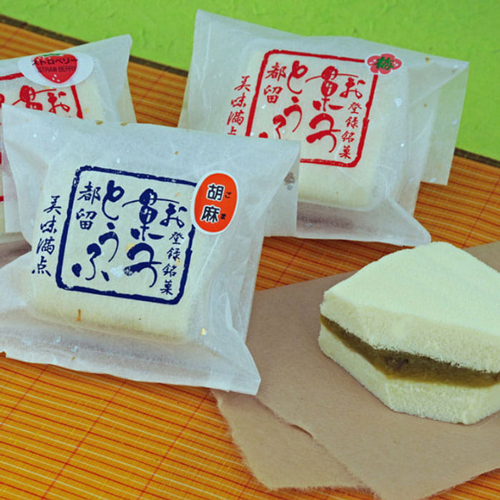
Sugaya
Established in 1892, Sugaya is a traditional Japanese confectionery shop.Karinto Manju uses handmade bean paste with time-honored flavor and dark molasses. It represents the shop’s strong commitment.
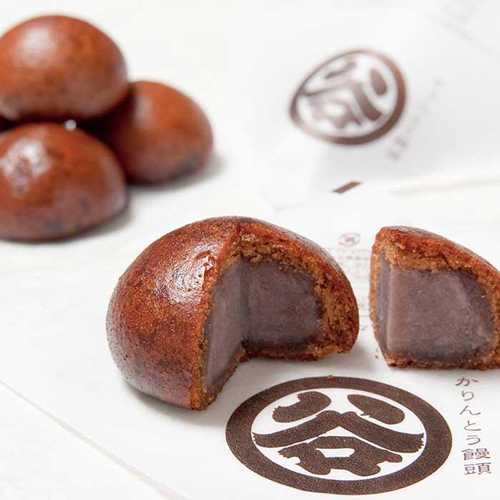
-
Arrive at Tsurushi Station on Fujikyuko Line
Stay at and walk around a hotel near Tsurushi Station
-
Depart from the hotel
Walk around Yamura
(Recommended: Museum Tsuru, Choanji Temple and Enzuin Temple)
Museum Tsuru
The museum shows off the history of Tsuru city, especially as a castle town, and has beautifully decorated stalls used in local festivals.

Choanji Temple
The temple gives visitors a chance to learn about local clans and history, as well as a sacred Kannon temple.

Enzuin Temple
With a stone bridge preserved from the Edo period and samurai monument, this gives visitors a chance to see the depth of Tsuru's history and castle routes.

(Recommended: Naraya-Sweets and Sugaya)
Naraya-Sweets
When making sweets, Naraya places importance on the blessings of nature unique to its location at the northern foot of Mt. Fuji as well as the flavor of the ingredients.Recommended items are Okashi Tofu, a soymilk-based sweet that looks like tofu, and crispy cream puffs.

Sugaya
Established in 1892, Sugaya is a traditional Japanese confectionery shop.Karinto Manju uses handmade bean paste with time-honored flavor and dark molasses. It represents the shop’s strong commitment.

-
Depart from Tsurushi Station on Fujikyuko Line
Car 10 minutes by taxi
Bus 15 minutes by Fujikyu bus
-
Arrive at Michinoeki Tsuru
Michinoeki Tsuru
(Lunch)
Michinoeki Tsuru looks like a simple rest stop, but it is filled with local ingredients and produce and is perfect for finding excellent souvenirs. There is a restaurant that uses many local ingredients as well as many different events. It is fun for the whole family.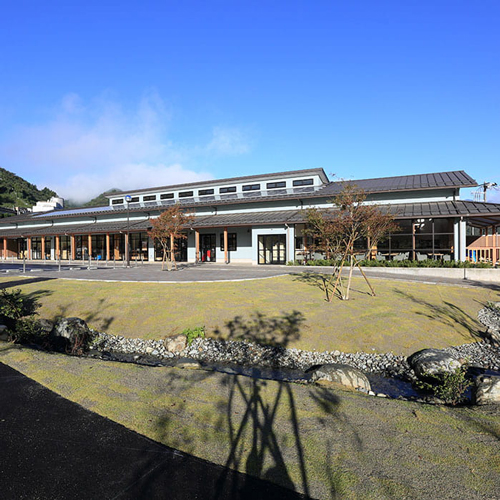
-
Depart from Michinoeki Tsuru
Walk 10 minutes
-
Arrive at Yamanashi Prefectural Maglev Exhibition Center
Walk 10 minutes
-
Arrive at Michinoeki Tsuru
Michinoeki Tsuru
(Buy souvenirs)
While it may look like a simple rest area, it is actually filled with shops selling local produce and goods, and a great place to find regional souvenirs. Local restaurants, daily events and artisan workshops make it a family-friendly area to rest at.
-
Depart from Michinoeki Tsuru
Walk 25 minutes
-
Arrive at Tanokura Station on Fujikyuko Line
Train 5 minutes by Fujikyuko Line train
-
Arrive at JR Otsuki Station





